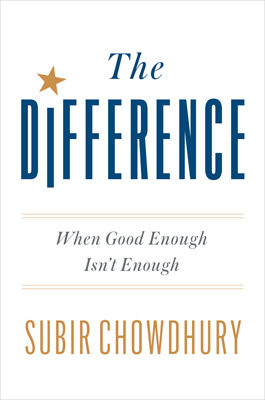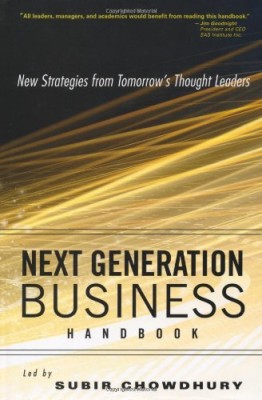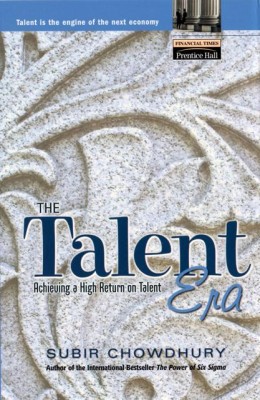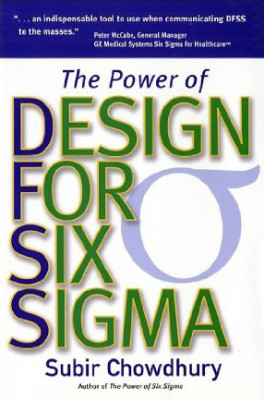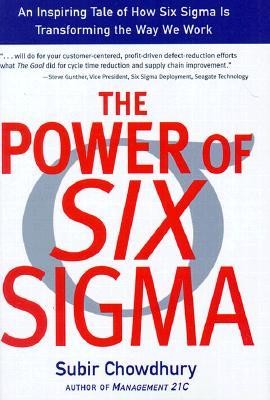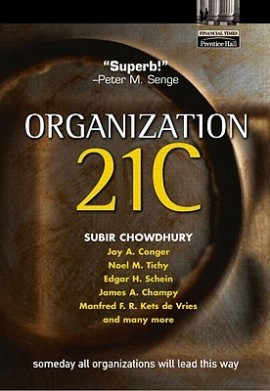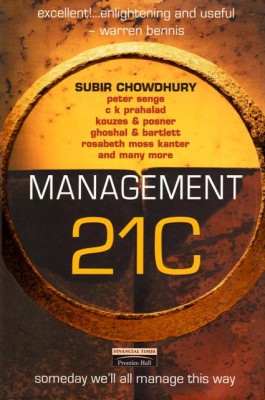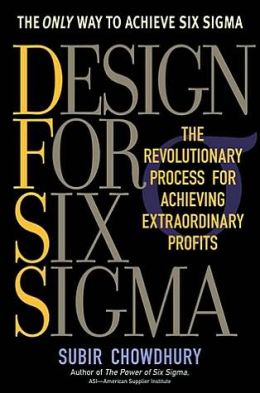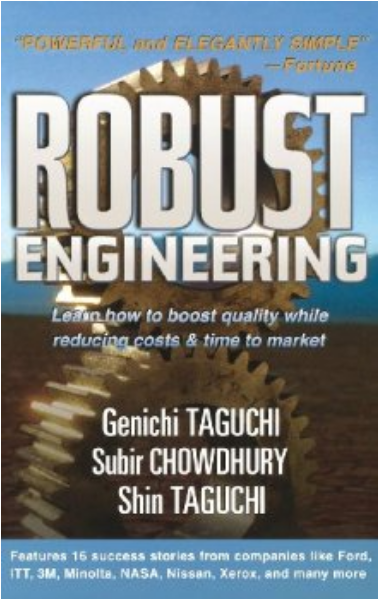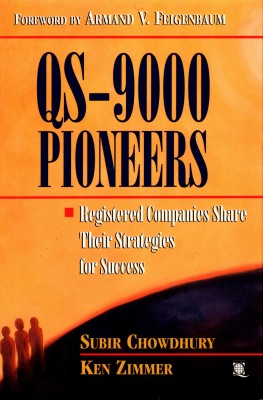Customer Management
We’ve long since learned not to decide for ourselves the requirements of a product or service then expect eager customers to flock around us. Instead of foisting the ‘build-it-they-will-come’ model onto our customers (and our investors), effective organizations talk to their customers, discovers their needs and wants, then work to satisfy.
However, to do this well you first have to be able to distinguish between customer needs and customer complaints. It’s the difference between being proactive and reactive, between planning in advance to please a customer and rushing to make the customer happy again after something has gone wrong.
Who is the customer?
In general, the customer is the recipient of the product or process. More specifically, there are two types of customers:
- External customers – those who pay the bills or use the product or service.
- Internal customers – those who help create the product or process.
How do we capture customer needs and expectations and translate those into actionable design requirements? Quality Function Deployment (QFD) is the best approach for linking the objectives of inbound marketing with the requirements of engineering-in other words, converting customer wishes into specific corporate goals so that product/process designers know the right things to do.
The Voice of the Customer (VOC) is the cornerstone of an active customer management system. It aids our development of winning products and service. It helps determine the criteria for how we gather customer input and evaluate the information. It also constitutes one of the greatest differences between QFD and traditional practices.
How do you manage the QFD process?
QFD is the backbone of any development process, from listening to the voice of the customer at the outset to satisfying the customer by delivering a product or service that meets all three of the customer’s needs- excitement, performance, and basic.
If you are an active QFD action team member you can demonstrate your commitment by – providing the time and training; being realistic, demonstrating your commitment, pushing for progress, reviewing charts, setting priorities, helping in the rough spots, and asking the right questions.
Customer Management – Collaboration with Thought Leaders
Columbia University, USA
- Bernd Schmitt
Professor of Business
Next Generation Business Handbook
INSEAD, Foutainebleau, France
- Prashant Malavlya
Associate Professor of Marketing
Next Generation Business Handbook - Sarah Spargo
Research Associate
Next Generation Business Handbook
IMD, Lausanne, Switzerland
- Jacques Horovitz
Professor of Service Strategy, Marketing and Management
Next Generation Business Handbook
Kellogg School of Management, Northwestern University, USA
- Alexander Chernev
Professor of Marketing
Next Generation Business Handbook
London Business School, UK
- Julian Birkinshaw
Associate Professor
Next Generation Business Handbook - John Roberts
Professor of Management
Next Generation Business Handbook
McGill University, Canada
- Omar N. Toulan
Assistant Professor of Strategy
Next Generation Business Handbook
Richard Ivey School of Business, University of Western Ontario, Canada
- Niraj Dawar
Associate Professor of Marketing and Walter A. Thompson Faculty Fellow
Next Generation Business Handbook
University of Michigan Business School, USA
- Michael D. Johnson
D. Maynard Phelps Collegiate Professor of Business Administration and Professor of Marketing
Next Generation Business Handbook
Wharton School, University of Pennsylvania, USA
- Patti Williams
James G. Campbell Jr Memorial Term Assistant Professor of Marketing
Next Generation Business Handbook
Yale School of Management, USA
- Ravi Dhar
Professor of Management and Marketing and Director of the Center for Customer Insights
Next Generation Business Handbook
Consultants & Executives
- David J Arnold
Independent Consultant
Next Generation Business Handbook - Gill McWilliam
Academic Director, Duke Corporate Education
Next Generation Business Handbook




